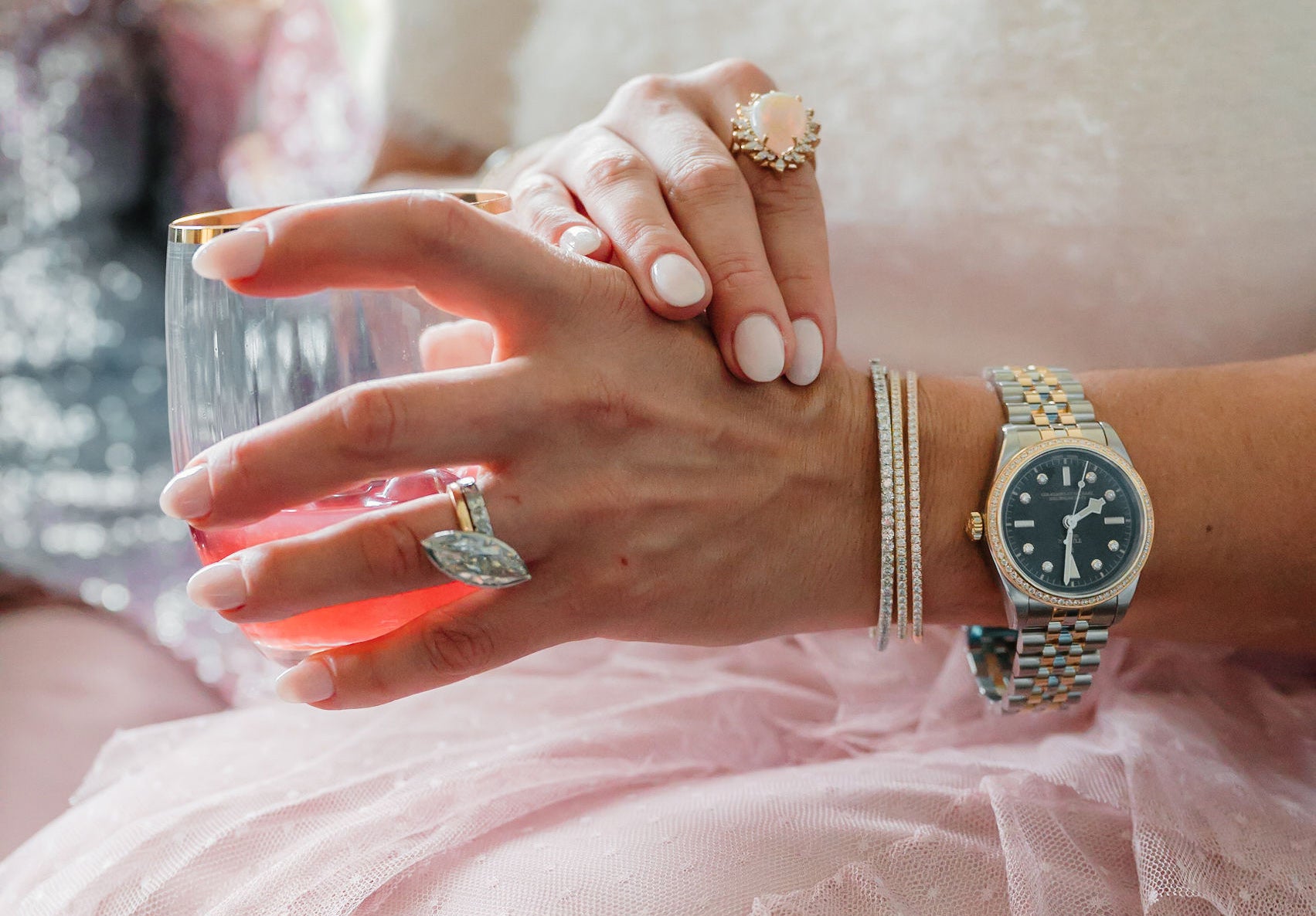A fine timepiece can last a lifetime when it's properly cared for. When looking for a fine timepiece it's important to know that water can be a watch's biggest enemy. Water can ruin any watch in the right (or wrong) circumstances. It is important to know whether your watch can withstand the effects of water and, if so, how much water it can handle. When talking about a watch's ability to withstand exposure to water, we don't say waterproof. Instead what you will hear or see when looking at a watch is the term water resistant.
What makes a watch water resistant?
There are a few factors to making a watch water resistant. First is the case. Snap on backs are the least water resistant. They are held on by pressure and any gaps could allow moisture into the watch. Case backs held on by screws offer more protection. But most all watches test over 100m and that are intended for swimming and diving will have a screw on case back. The next factor would be the crown. A regular crown leaves plenty of room for moisture to get into the watch. A screw down crown adds extra protection. All diver's watches will have a screw down crown. The last factor is the gaskets. Made of rubber, Teflon, and nylon. They are used to seal the crystal, case back and crown. Gaskets will break down over time which is why it is important to have your watches pressure tested.
What are the different types of water resistant watches?
- 30m - Can stand up to water being splashed on it and exposure to rain.
- 50m - Can be used for light swimming
- 100m - Swimming, showering, and snorkeling
- 200m - Swimming and scuba diving
- 300m + - Suitable for diving up to the listed depth.
Things to avoid...
Although watches tested above 100m can be submerged in water it is advisable to not wear them in hot-tubs. The heat may help break down the gaskets and they would need to be replaced sooner than normal.
How is the watch tested?
At Springer's we use a dry testing machine. The watch is placed in a chamber that is connected to an air compressor. The chamber is pressurized and there is a sensor that can detect very small variations in the size of the watch case. If air is getting into the watch then the sensor will be aware of this and the watch will fail the test.




